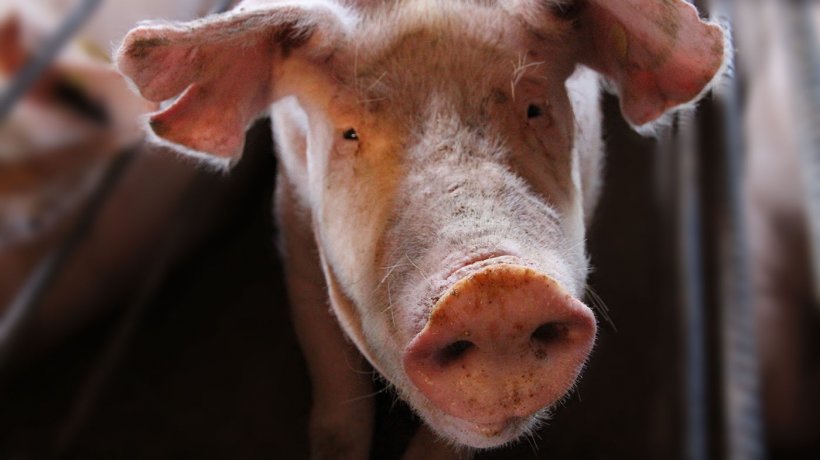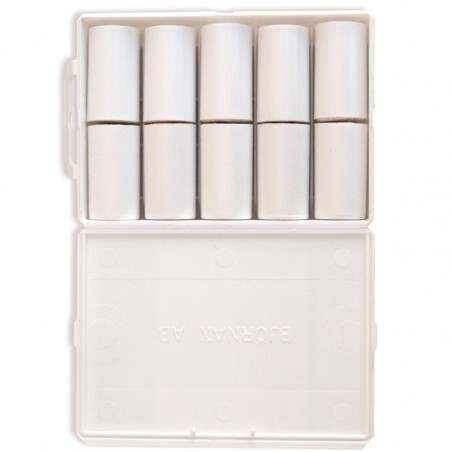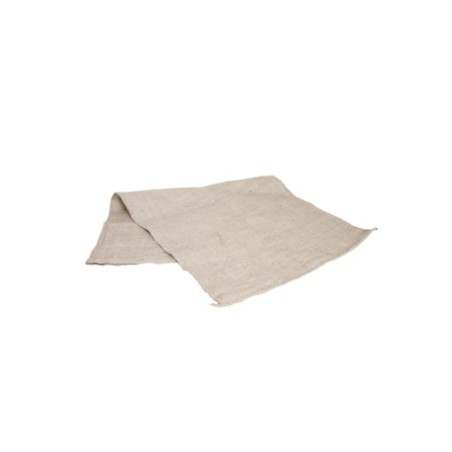Weaning represents one of the most critical stages in pig production, which is reflected in the high piglet morbidity and mortality for this period. Starting production with vital piglets and caring for their adaptation at different stages can help them get through this critical period. The feeding and management of the sow is also important to obtaining good production outcomes of its offspring. This two-part series of articles will consider a strategy that involves managing many areas, during both the pre- and post-farrowing periods.
Most farms work with hyperprolific lines, which implies farrowing > 30 piglets/sow/year, in turn producing pigs with lower birth weight. It is estimated that approximately 30% of piglets suffer various degrees of uterine growth restriction, known in the most extreme cases as IUGR ( intrauterine growth restriction) (Hales et al., 2013). In this text we consider the possibility of nutritionally intervening in sow feeding management at different stages with the aim of promoting a higher piglet birth weight.

Improving fetal growth
Nutrient availability during gestation affects fetal development in many ways. It is therefore necessary to supplement with certain nutrients (Table 1) during gestation, such as arginine, an amino acid required for the synthesis of nitric oxide (NO); polyamines (regulators of angiogenesis, embryogenesis, and placental and fetal growth (Wu et al., 2010)); methylated micronutrients (choline, folate, methionine...) that act as methyl group donors to DNA, RNA, and proteins; L-carnitine which is an essential cofactor in the metabolism of fatty acids; and certain minerals such as chromium and zinc that are involved in the metabolism of carbohydrates, lipids, proteins and nucleic acids.
Table 1. Nutrients needed to improve fetal growth.
| Nutrient | Supplementation phase | Effects | Reference |
|---|---|---|---|
| L-Arginine | Beginning of gestation (25g/d L-Arg) | • ↑ 1 pig per litter | Ramaekers et al., 2006 |
| Methylated folate, betaine, Vit B12 | All of gestation |
• ↑ pig weight at end of gestation • ↑ litter size |
Oster et al., 2016 Lindemann, 1993 |
| L-Carnitine | All of gestation and lactation | • ↑ birth weight • ↑ number of born alive • ↑ number of weaned pigs • ↑ litter weight |
Musser et al., 1999 Ramanau et al., 2002 |
| Chromium picolinate | All of gestation and lactation | •↑ sow body mass, farrowing rate • ↑ number of born alive • ↑ number of muscle fibers in piglets |
Real et al., 2008 Wang et al., 2013 Shi et al., 2018 |
| Zinc | All of gestation and lactation | • ↑ body weight at farrowing • ↑ number of pigs weaned per litter |
Payne et al., 2006 |
Modulating the inflammatory and antioxidant response in sows
Intense metabolic activity in the sow during gestation, farrowing, and lactation results in increased oxidative and inflammatory stress that can lead to embryo absorption, piglets with slowed intrauterine growth and fetal death (Agarwal et al., 2005). One interesting approach to improving the reproductive performance of the sow is by modulating her oxidative state by incorporating antioxidant or anti-inflammatory compounds. Oxidative stress can be reduced with phytogenics products - bioactive compounds derived from plants - and antioxidants such as vitamin E or by reducing the degree of inflammation using spray-dried animal plasma protein (SDP), as it presumably reduces intestinal inflammation in weaned pigs (Bosi et al., 2004; Peace et al., 2011). SDP proteins are a mixture of immunoglobulins, albumin, fibrinogen, enzymes, growth factors, biologically active peptides, lipids, etc. Incorporating phytogenic additives during gestation increased the number of live-born piglets by 18% and the activity of antioxidant enzymes (SOD and GSH; Reyes-Camacho, 2019). Adding 0.25 to 0.50% SDP during lactation improves sow and piglet productivity with an increment in litter weight, average piglet weight, and a greater number of weaned pigs (Crenshaw et al., 2007; Frugé et al., 2009). Supplementing with high doses of Vit E (250 IU/kg) at the end of gestation and in lactation, improves pig weaning weight, the humoral immune response (IgG and IgA), and the antioxidant activity of the sow and pigs (Wang et al., 2017).
Increasing colostrum and milk production
The consumption of colostrum and milk is the first vital instinct of the piglets as soon as they are born. Ensuring that each piglet consumes 250 g of colostrum is considered critical (Quesnel et al., 2012). However, colostrum production is limited and can be variable. Mammary gland development and synthesis at the end of gestation is important to maximizing colostrum production. Excess fat in the gland affects mammogenesis, which is why overfeeding sows must be avoided during gestation (Farmer and Sørensen, 2001). At the same time, lean tissue must be mobilized at the end of gestation as there is a positive relationship between colostrum production and urea and plasma creatinine plasma levels (products of protein mobilization and oxidation) (Loisel et al., 2014).
The sow's milk production depends largely on the number and vitality of piglets, and the sow's daily intake (Solà-Oriol and Gauze, 2017). However, increasing mammary gland development and blood flow can also be an effective strategy to improve performance in lactation (Kim et al., 2009). Modulating the Arg-NO pathway could improve vascular growth in the mammary tissue and the absorption of nutrients, since arginine is a substrate for the synthesis of nitric oxide, which is a vasodilator and an angiogenic factor. Mateo et al. (2008) observed that supplementing 0.83% L-Arg during lactation increased milk production and piglet weight. Other AAs to consider are the branched-chain AAs (Leu, Ile and Val). Valine has been observed to catabolize quickly in mammary tissue (Li et al., 2009). The recommended Val:Lys ratio during lactation is 0.90:1 for piglet growth (Carter et al, 2000; Gaines et al, 2006; Richert et al, 1996; Richert et al, 1997; Rousselow and Speer 1980). Modulating fatty acid metabolism with L-carnitine could be another strategy. Ramanau et al. (2005) supplemented with L-carnitine (250 mg/d) during lactation and observed an increase in milk production. Herbal and pharmaceutical galactogogues used in humans to improve milk production, such as fenugreek, goat's rue (Galega officinalis), and milk thistle (Grzeskowiak et al., 2015; Khan et al., 2018) could also be used in sows.
This text highlights the importance of sow feeding during gestation and lactation. During gestation, we must stress the importance of nutrients that promote proper fetal development, and prepare the mammary gland to produce sufficient colostrum and milk. In lactation ensuring high milk production is key. Incorporating oxidation-modulating nutrients or compounds can facilitate this higher synthesis.







